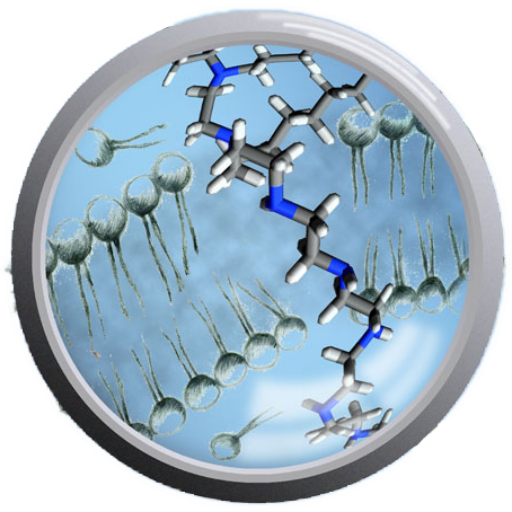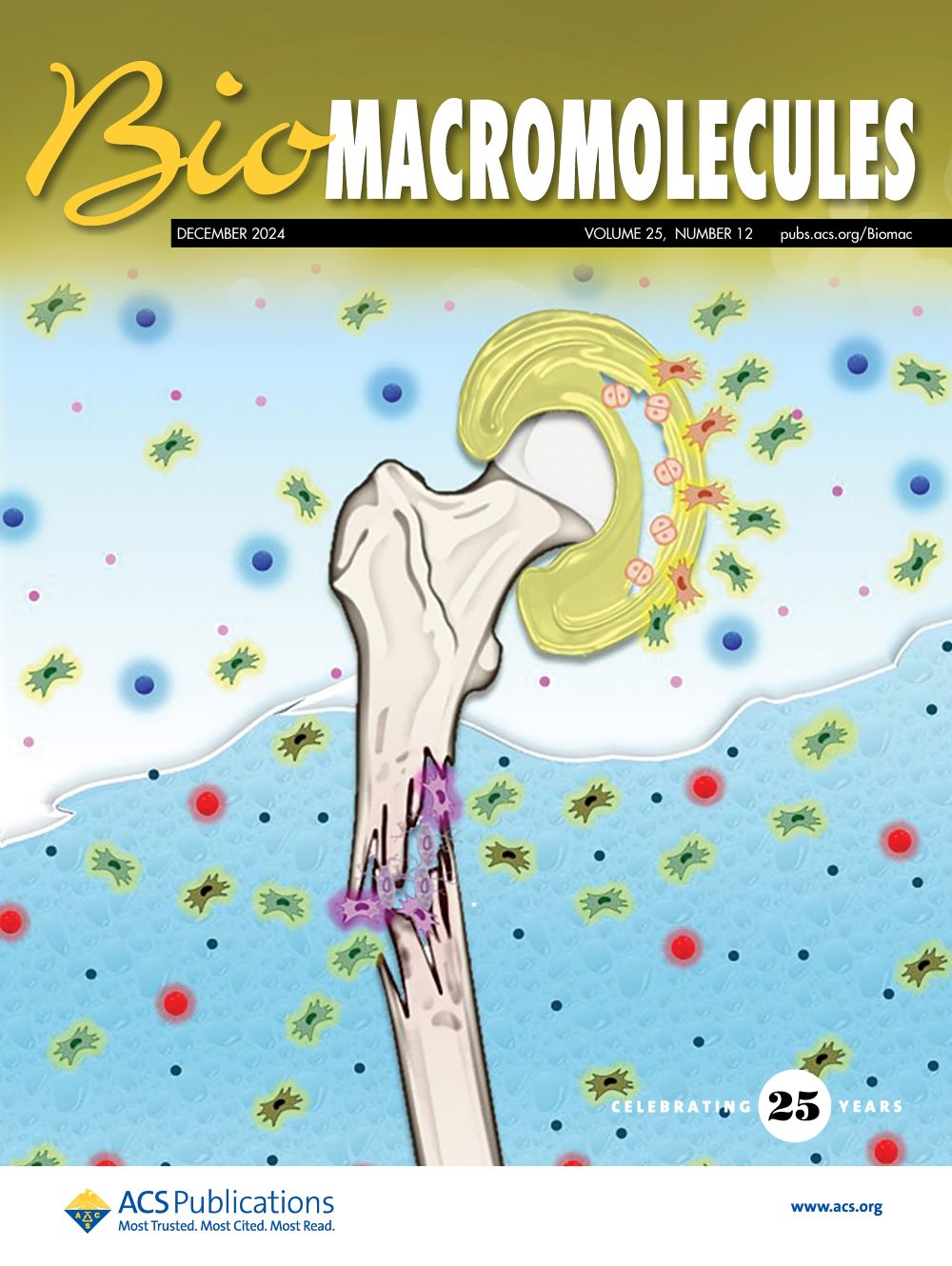by
Kopiasz, R. J.*; Dranka, M.; Tomaszewski, W.; Kowalska, P.; Butruk-Raszeja, B.; Drężek, K.; Mierzejewska, J.; Ciach, T.; Jańczewski, D.*
One of the promising candidates for new antimicrobial agents are membrane-lytic compounds killing microbes through cell membrane permeabilization, such as antimicrobial peptides (AMPs) and their synthetic mimics (SMAMPs). Although SMAMPs have been under investigation for nearly 30 years, a few challenges must be addressed before they can reach clinical use. In this work, a step-growth polymerization leading to already known highly antimicrobial ionenes was redirected toward the formation of macrocyclic quaternary ammonium salts (MQAs) employing high dilution principle. Antimicrobial assays and cytotoxicity studies revealed high antimicrobial activity of MQAs, and better selectivity than their polymeric analogues. Therefore, MQAs seem to be a new class of promising antibacterial agents. Additionally, membrane lytic experiments using large unilamellar liposomes (LUVs) and whole cells revealed significant differences between MQAs and ionenes in their ability to adsorb onto the surface of LUVs and microbes, as well as their ability to permeate the lipid bilayer.


